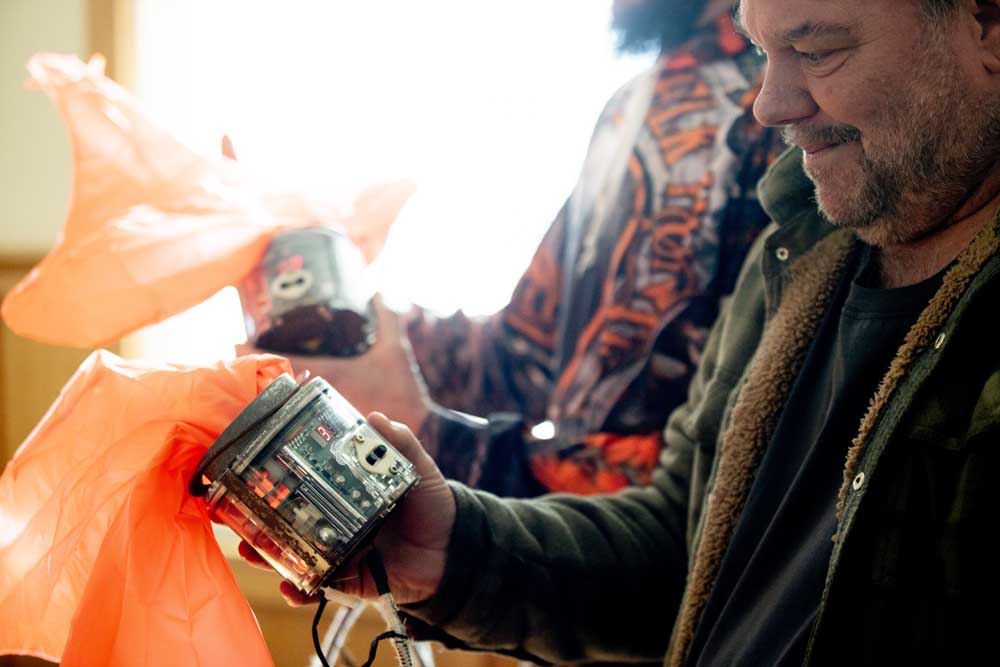From the Superintendent’s Desk: Chronic absenteeism: A hidden epidemic
Published 9:15 am Monday, September 11, 2023

- Amy Huntley
If it takes a village to raise a child, it might also take a village to get students to school. Chronic absenteeism is called a “hidden epidemic” by the U.S. Department of Education.
Trending
Different from truancy, chronic absenteeism is defined as missing 10% of the school year for any reason, which translates to missing just two days a month. Research shows that students who miss just two days a month are more likely to not read at grade level by third grade, which is an important learning milestone for children; and they are more likely not to graduate from high school, which has economic impacts for a student’s whole life.
Chronic absenteeism has become a much bigger problem in recent years. Post-pandemic, many parents have shown a higher tolerance for their children missing school. Currently, nearly 1 in 4 students has issues with excessive absences. Mental health issues, bullying, staying up late playing video games, physical health issues, and difficult family lives all contribute to this. We know that living situations compound the problem. In fact, students of poverty are four times more likely to be chronically absent.
The Ocean Beach School District in partnership with our wonderful community works to decrease the barriers that cause chronic absenteeism.
Trending
The Ocean Beach School District in partnership with our wonderful community works to decrease the barriers that cause chronic absenteeism. Students have access at school to clothes, food, toiletries, and other items that they need. Our family resource coordinator works with families to make sure they can access needed dental and medical care. And when families still have chronically absent students, we partner with our community engagement board to try to further problem-solve to support families in getting their children to school.
This year we are pushing two slogans to help our students and families with attendance. One is “Strive for Five” which is a call for students to miss no more than five days the first semester. The second is “Turn It Off by Ten” which is a good policy for when to turn off and put away devices and try to sleep.
An organization called Attendance Works has many resources for combating this destructive pattern. Some of their resources are targeted to things our village (parents, community members, municipalities, churches, and other organizations) can do to help. Even if you don’t have the time or energy to take formal action, you can help reduce chronic absenteeism by modeling how we, as adults, value attendance and meeting our responsibilities.









